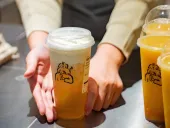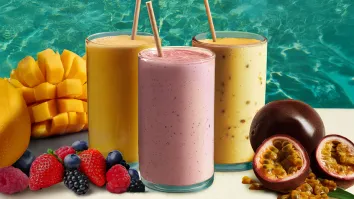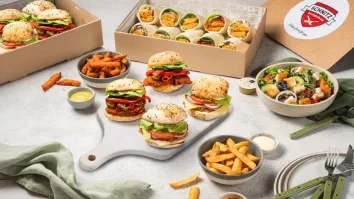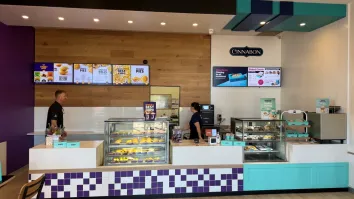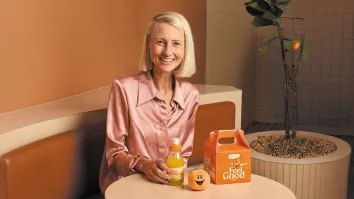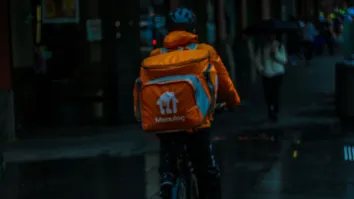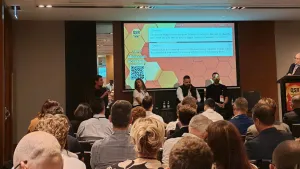How to know you're ready for your own food delivery app
By Jamie Shostak and Michael MacRaeDuring COVID-19, food delivery has boomed. As more and more customers choose to stay inside for their own safety, restaurants and cafes are having to adapt their models to continue to serve them.
Many food businesses are now considering keeping their delivery services on permanently, even if it may not have been part of their business model before the pandemic. With delivery work in full flow, many businesses are now wondering if there’s a better option than the high fees that come with food delivery apps including UberEats and Deliveroo.
Our app development company, Appetiser Apps, has worked with a wide range of businesses. Over the years, we’ve seen the benefits for many quick service brands when it comes to having their own app, but also cases where it really doesn’t make a whole lot of business sense.
So how do you know when you’re ready for your own app or platform? And if you are, what are the steps you need to take to make it a success?
Consider the customer benefit
Before you begin to think about building your own app, you first need to consider if it’s even the right thing for you in the first place. If you’re a business who is looking to reach new customers, then using an existing platform like Deliveroo or Uber Eats would be the best fit. By building your own ordering experience, you’re looking to streamline the experience for existing customers, as well as attract new ones.
So if you find many of your existing customers are using these services to conveniently order from you, it may be time to build your own mobile app.
Apps can provide a huge range of additional benefits to customers that they simply can’t get from more mainstream delivery apps, including deep loyalty programs, branded experiences, and targeted push notifications.
Since you own your app, you won’t have marketplace fees, so you can pass those savings onto customers, or re-invest into the business to benefit them.
And while we'd never advise anyone to outright copy their competitors, it never hurts to take a look at what others are offering. Consider implementing the things they’re getting right, and learn from their mistakes by avoiding the things you found too complicated or unhelpful.
The cost factor
Many businesses, especially in the small to medium-sized range, believe that building an app is simply not cost effective. But when you factor in the fees associated with the well-known delivery apps - which can be up in the 30% fee range - the numbers begin to tell an entirely different story.
If you are considering building your own app, there are several tools available to ease the costs, including partnering with third party courier or delivery services that help you cope with all initial backend work involved. You’ll find these services are generally a lot cheaper than apps like Uber Eats, and allow a far greater level of customisation for your brand.
Then, once your business grows and has more cash to spend, you can start relying more on your own infrastructure, which usually has higher upfront, but less long-term costs.
It’s not all about the tech
While it’s tempting to get carried away with the endless different forms of technology available to food businesses today, it’s also essential that brands remember what’s most important: great design and providing an impeccable customer experience.
Brands need to be able to retain that ‘in person’ feel while delivering food via an app - often in an entirely contactless way. In the world before the pandemic, a lot of that customer service came from friendly waiters, attractive interior design, and all the little thoughtful touches that restaurants were able to sprinkle throughout the meal.
The task for brands now is to replicate that experience with a contactless delivery. It’s about adding a handwritten note saying how much your order means to you. It’s about going that extra mile on the food presentation, and figuring out how to make it taste just as good as it would do fresh out the kitchen.
How far can you push that experience? What are your competitors doing, and how can you take things one step further? These are all questions food brands need to consider in order to survive and thrive through this pandemic and beyond - and an app could be the perfect tool to help you get there.

